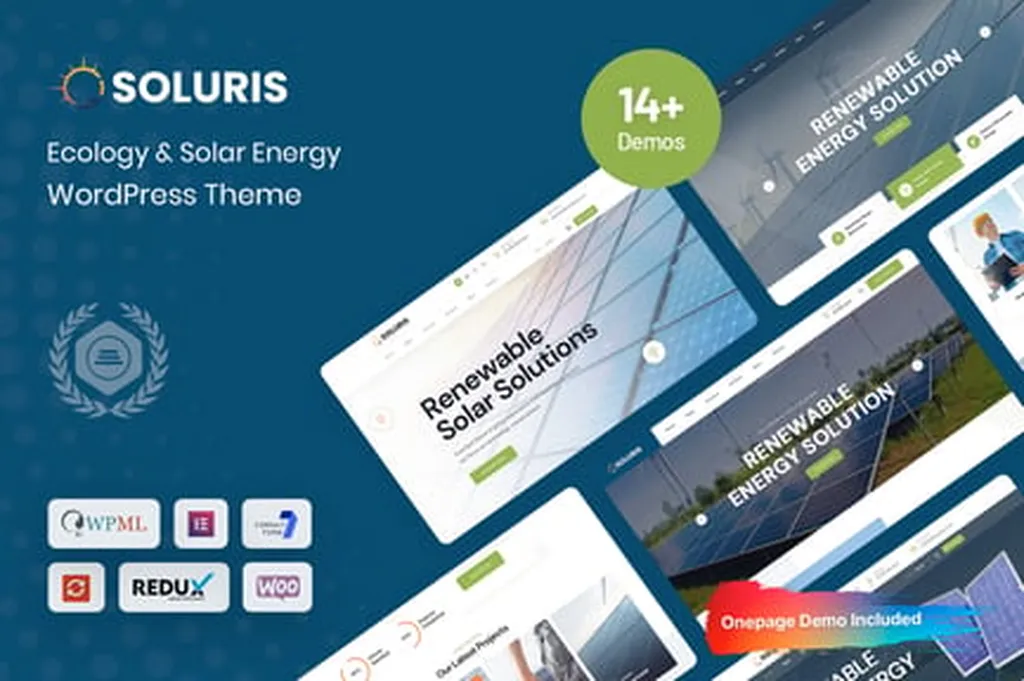The geothermal sector is heating up, and companies like Gradient Geothermal are leading the charge with innovative approaches that could reshape the energy landscape. As the world pivots towards renewable energy, geothermal power stands out for its consistency and reliability, offering a baseload power generation capacity that solar and wind can’t match. This isn’t just about tapping into volcanic regions anymore; technological advancements are opening up moderate-temperature resources, potentially unlocking gigawatts of clean power worldwide.
Gradient Geothermal is at the forefront of this revolution, pioneering modular and mobile geothermal solutions that could transform energy recovery from oil and gas operations. Their approach is a game-changer, focusing on equipment that can be moved every six to 18 months, allowing clients to adjust their thermal capacity as needed. This mobility and modularity are crucial for oil and gas operators, providing a flexible solution that traditional geothermal installations can’t match.
The company’s technology is impressively straightforward. It consists of an off-the-shelf organic Rankine cycle (ORC) unit and a primary heat exchanger loop, capable of handling various ratios of oil, gas, and water—even “dirty” water. This system can convert heat into usable power, and the best part? Installation takes just one day. Two pipes, three wires, and you’re good to go. This rapid deployment contrasts sharply with traditional geothermal plants that can take years to construct.
Gradient’s technology is already making waves in the industry. They’ve successfully deployed their units in several locations, including a pilot project at a mature oil field in Nevada and a commercial project with Chord Energy in North Dakota’s Williston Basin. Upcoming projects include a gas cooling project in the Haynesville region of northeastern Texas and western Louisiana. These projects serve as models for integrating geothermal solutions into active oilfields, proving that renewable energy can complement traditional energy production.
But Gradient’s ambitions don’t stop at oil and gas operations. They’re also exploring opportunities with dedicated geothermal companies and data centers. While their solution might not be suitable for large data centers, it’s an excellent option for edge computing or switching centers requiring just a few MW. This adaptability is a significant advantage in the ever-changing energy landscape.
Moreover, Gradient’s technology contributes to grid resilience. By providing power generation capability at remote oil and gas sites, it reduces the load on regional utilities, helping them achieve greater resiliency within the grid. This is a sometimes-overlooked benefit that could have significant implications for the future of energy distribution.
From a regulatory perspective, Gradient faces minimal hurdles when the power is used exclusively onsite at oil and gas operations. However, the landscape becomes more complex with dedicated geothermal operations, where subsurface rights vary by state. This regulatory complexity is a challenge that Gradient and other geothermal companies will need to navigate as they expand.
Gradient Geothermal’s approach to energy recovery is a practical step towards greater energy efficiency. By turning an oil and gas liability into an asset, they offer a tangible way to bridge the gap between traditional energy industries and renewable energy goals. As they continue to expand their temperature thresholds and geographic reach, their technology could play a significant role in the transition to more sustainable energy systems. This isn’t just about the future of geothermal power; it’s about the future of energy as a whole. And it’s a future that’s looking increasingly flexible, adaptable, and sustainable.

